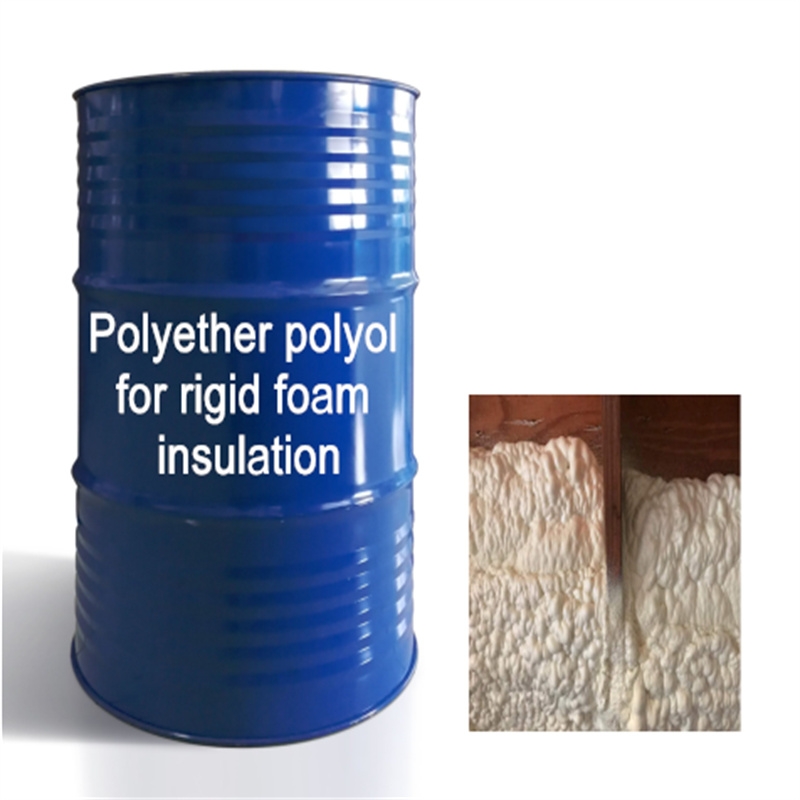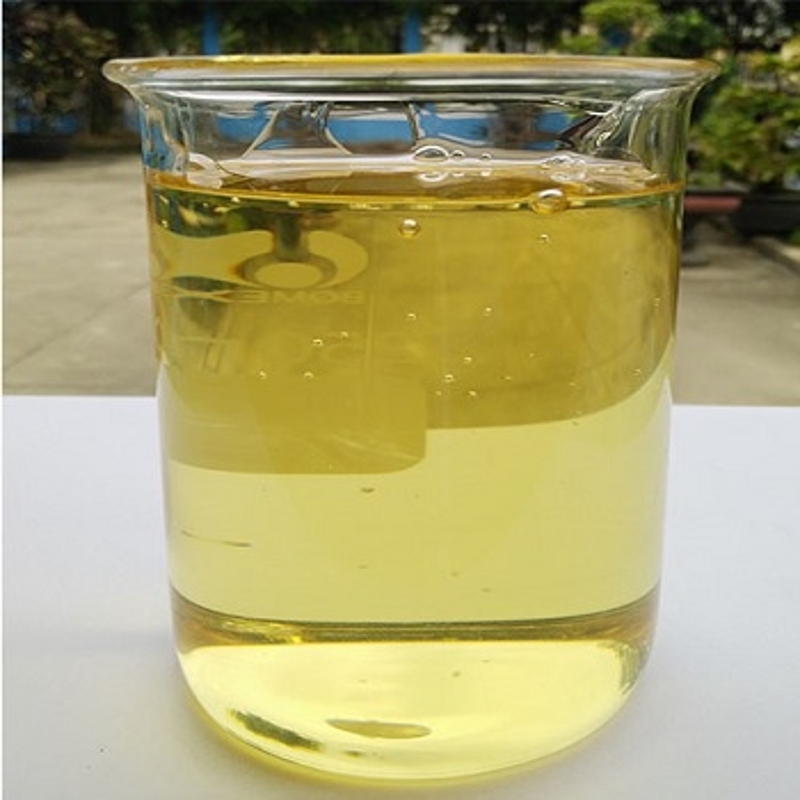-
Categories
-
Pharmaceutical Intermediates
-
Active Pharmaceutical Ingredients
-
Food Additives
- Industrial Coatings
- Agrochemicals
- Dyes and Pigments
- Surfactant
- Flavors and Fragrances
- Chemical Reagents
- Catalyst and Auxiliary
- Natural Products
- Inorganic Chemistry
-
Organic Chemistry
-
Biochemical Engineering
- Analytical Chemistry
- Cosmetic Ingredient
-
Pharmaceutical Intermediates
Promotion
ECHEMI Mall
Wholesale
Weekly Price
Exhibition
News
-
Trade Service
On October 26, Zeng Jie's research group at the University of Science and Technology of China, Yong Wang's research group at Washington State University, Bruce C.
Gates research group at the University of California, Davis, and Liu Jingyue's research group at Arizona State University in the United States published a report entitled Functional CeOxnanoglues for robust atomically dispersed in Nature Research paper by
Catalysts.
This study reports an atomic-scale dispersed catalyst with "nano island" limits, which breaks through the contradiction
between the activity and stability of traditional catalysts.
In heterogeneous catalysis, atomic-scale dispersed metal catalysts have attracted much attention
due to their unique geometric and electronic properties, highest atomic utilization efficiency and uniform active sites.
However, highly dispersed metal atoms may move and aggregate due to high surface energy, resulting in poor stability; or too strong with the carrier and fixed, resulting in passivation
of the active site.
Therefore, how to obtain the metal active site of "moving but not polymerizing" to break the opposing contradiction between catalyst activity and stability is one of
the unsolved problems in the field of catalysis.
In view of this, researchers have designed a "nano island" type catalyst, that is, the active metal atoms are isolated on the "island" and can move within their respective "islands" but their migration across the "islands" is blocked, thereby achieving dynamic confinement stability
of atoms.
In order to achieve this goal, the research needs to select suitable materials for use as "nanoislands" and carriers
.
The force between the metal atom and the "nano island" needs to be much stronger than the force between it and the carrier, otherwise it is easy to leave the respective "nano island"
.
In the model catalyst designed, the researchers selected oxides with strong metal interaction as "islands" (such as cerium oxide) and weak oxides as carriers (such as silicon oxide) supporting "islands"
.
In order to efficiently separate metal atoms, "islands" need to be high enough dense and small enough in size
.
Traditional preparation methods (such as solid-liquid mixed impregnation method, etc.
) are prone to excessive and uneven
size of the "island".
Researchers have developed a synthetic method for liquid-phase electrostatic adsorption (Figure 1), in which a high density of cerium atoms is attached to the surface of silicon oxide, causing them to collectively into isolated "islands" of only 2 nanometers from the bottom up (Figure 2).
Further, the difficulty lies in accurately placing metal atoms on "
nano islands".
The researchers again used the liquid phase electrostatic adsorption method and cleverly used the zero-electric point principle to make the cerium oxide island and the silica carrier surface with opposite charges
.
Due to the mutual attraction of heterosexual charges, the negatively charged platinum precursor is selectively adsorbed only on the positively charged cerium oxide "nano island", not on the negatively charged silica carrier, thus achieving the selective growth
of platinum atoms.
Due to the limited adsorption area of the small-sized "nano islands", the goal of averaging no more than one platinum atom per "island" can be achieved by controlling the platinum precursor concentration (Figure 3).
Stability studies have shown that platinum atoms on cerium oxide "nano islands" can resist air calcination
up to 600 degrees Celsius.
In particular, the platinum atoms will only move within the "island" in the hydrogen atmosphere at high temperature, and will not reunite across the "island", realizing the "moving but not gathering"
of the active site.
The catalyst thus activated increases its activity in catalyzing carbon monoxide oxidation by two orders of magnitude and is highly stable (Figure 4).
This work provides a new solution for
breaking through the contradiction between catalyst activity and stability.
In the future, it is expected that this "nanoisland" type catalyst can be applied to different catalytic reactions
by selecting a material-specific carrier, a "nanoisland" and an active metal atom.
The research work is supported
by the National Key Research and Development Program of China and the National Natural Science Foundation of China.
Figure 1.
Schematic diagram of the synthesis process of cerium oxide "nano island" stabilized platinum atom catalyst
Figure 2.
Structural characterization of cerium oxide "nano islands" loaded on silica
Figure 3.
Structural characterization of "nanoisland" catalysts loaded with platinum atoms
Figure 4.
Catalytic performance test of "nano island" catalyst loaded with platinum atoms







